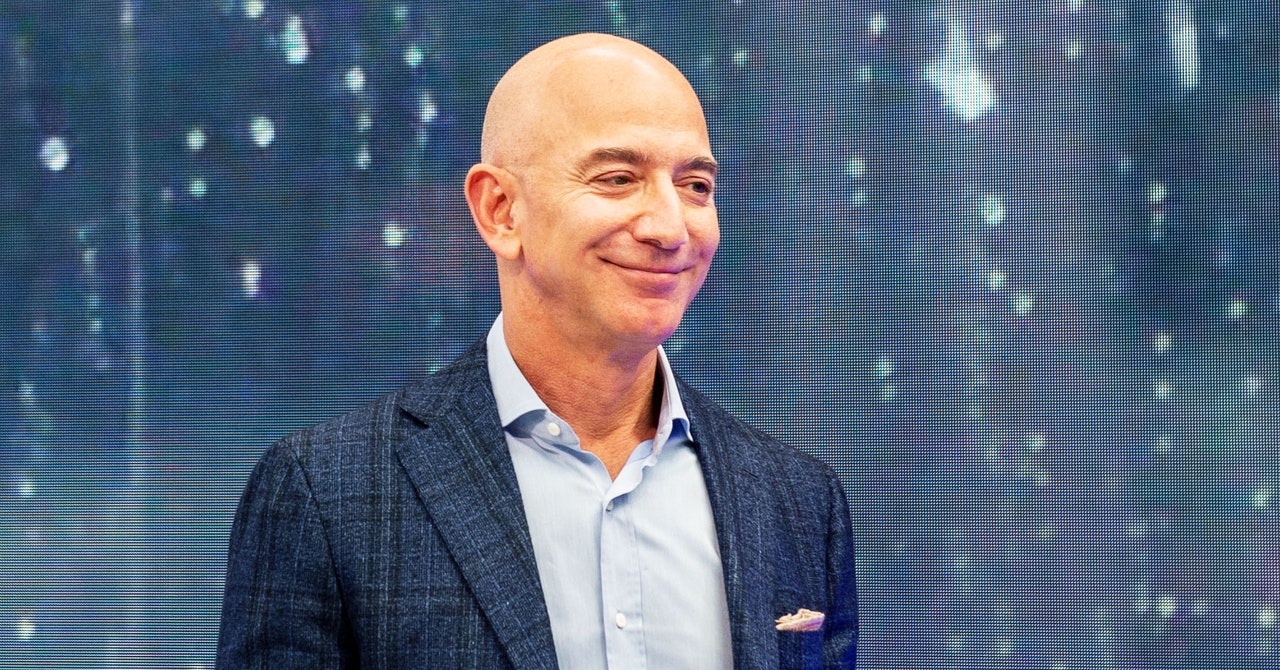But scientists have already developed more powerful tools for cataloging CO2 admissions, at least: A project called Vulcan has grown so comprehensive that it can model emissions block by block in Los Angeles. Vulcan’s developer has also used the tool to show that on average, American cities are actually underreporting their greenhouse gas emissions by nearly 20 percent. So in general, local officials need to get a better handle on exactly where their city’s emissions are coming from.
While it’s cheaper than ever to cut those emissions, given the plummeting prices of solar and wind power, the US also has an infrastructure problem: Our national grid isn’t designed for cross-country transportation of electricity. We’ve got the buildup of solar power facilities in the sunny Southwest, and the buildup of wind farms on the East Coast. But when the sun goes down, the west can’t draw wind power from the east, and when wind doesn’t blow, the east can’t draw power from the west. “The intermittent nature of their generation really means that they need a lot of complementary technologies to reach their full potential,” says Hausfather—namely, big batteries to store surplus energy, to be drawn upon when the conditions turn against any one kind of energy generation.
The temptation will be to throw money at the cutting-edge science that will help get us out of this mess, particularly negative-emissions technologies. One promising technique is known as direct air capture, or DAC: Giant machines suck in air, scrub it of CO2, and then sequester that carbon underground forever. Yes, the UN’s Intergovernmental Panel on Climate Change notes that if we want to meet the 1.5 degree target, we have to deploy such negative-emissions concepts. But DAC is a tool, not a solution in and of itself. First and foremost, humanity must reduce its emissions levels, dramatically and quickly.
Bezos should also consider how solutions can involve a diverse spectrum of people, lest they risk leaving some groups behind. “Those most impacted by climate change and structural inequity are best placed to implement equitable climate solutions,” says Elizabeth Sawin, co-director of Climate Interactive, which advocates for equitable solutions to climate change. (Her group hasn’t received money from the Bezos Earth Fund, either.) “Are the funds flowing to campaigns led by folks in the communities most impacted by climate change? Are the dollars targeted at organizations and movements led by people of color, workers, women, and immigrants?”
The Bezos Earth Fund has given $151 million so far to several groups focusing on environmental justice, including the Climate and Clean Energy Equity Fund and the Hive Fund for Climate and Gender Justice. Both will award grants to groups that focus on problems that involve intersecting climate and racial issues.
When it comes to climate inequities, low-income Americans and people of color, for instance, are more likely to live in “urban heat islands.” Poorer urban neighborhoods typically have less green space compared to the suburbs. And when the sun’s energy hits a city’s concrete-and-asphalt landscape, all the buildings and streets absorb the heat and slowly release it at night. The greenery of the suburbs, by contrast, actually cools the area.
Another component of strategic funding, according to Sawin, is deploying “multisolving” techniques to address several problems at once. So for example, employing urban residents to green up their neighborhoods puts money in their pockets and prepares their cities for climate change-driven heatwaves. Sawin says organizers should ask themselves: “Are the strategies reducing emissions while also creating jobs, or cleaner air, or conserving water, or reducing the utility bills of people on fixed incomes?”
This article is auto-generated by Algorithm Source: www.wired.com


